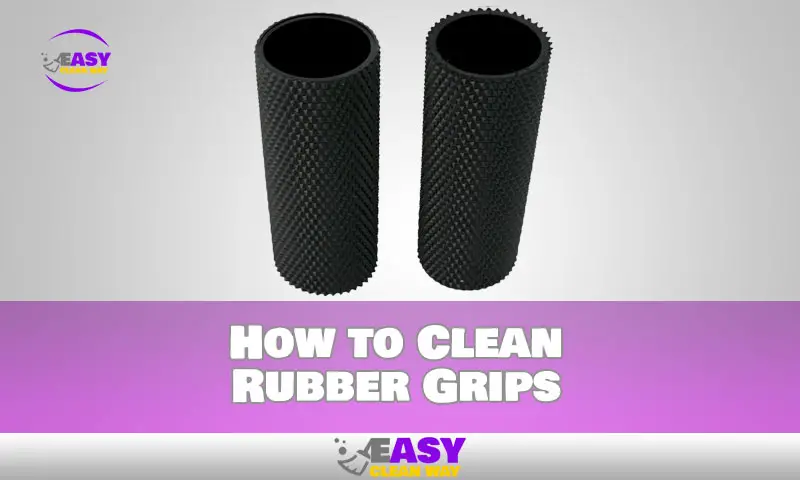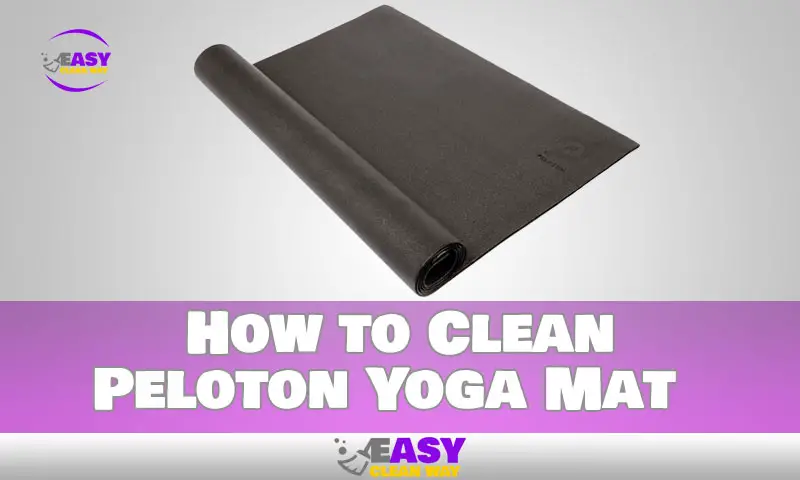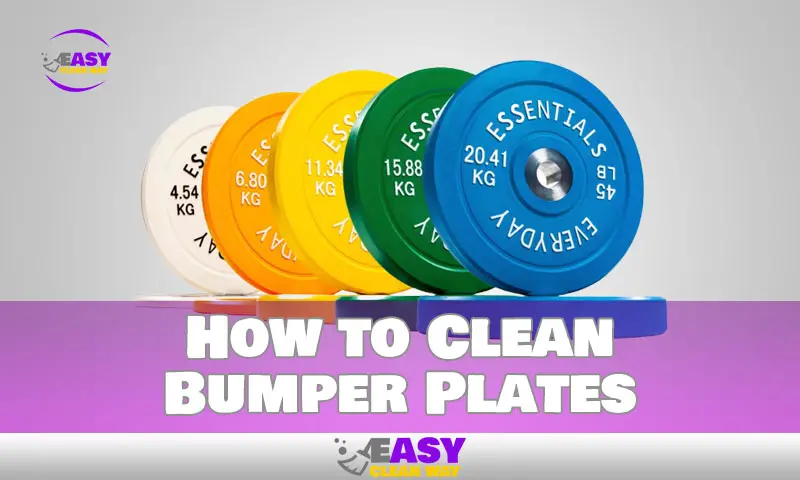You know how fresh rubber grips can make a tool feel like new? Keeping those grips clean isn’t just about presentation; properly cleaned and maintained rubber grips will last longer and give you better grip, too. If your trusty rubber-handled hammer or wrench is starting to look a bit grimy, read on for our top tips on how to get those handles looking (and feeling!) like new.
Cleaning your rubber grips has never been easier with these simple steps! We’ll show you everything from what supplies to gather, what cleaners to use (or avoid!), and the best practices to get that scraped-up rubber in tip-top condition. Whether you’re cleaning rubber handles for tools, gym equipment, or something else entirely, with just a few basic supplies and some elbow grease, your equipment can be as good as new in no time. Let’s get started!
What Type of Rubber Grips Are There?
Rubber grips come in all shapes, sizes and colors. They can be found on kitchen utensils, tools and even sporting equipment like tennis rackets and golf clubs, making them a ubiquitous part of everyday life. But while rubber grips may seem durable and tough, they can also get quite dirty and need a good cleaning from time to time.
When cleaning your rubber grips, you’ll want to make sure you use the right product for the job at hand. The type of grip cleaner depends on the type of rubber grip you’re dealing with. The most common types of rubber grips are:
- Baking soda paste – A paste made from baking soda and water can be used to clean rubber grips without damaging them.
- Rubbing alcohol – Rubbing alcohol is an effective cleaning agent for most rubber grips, but it evaporates quickly so it’s best to use it as soon as possible after application.
- Dishwashing liquid – For more stubborn dirt or grease, dishwashing liquid can be used to create a foam that will help remove grime from the surface of your rubber grip.
- Solvents – Solvents such as Isopropyl Alcohol (IPA) are able to penetrate deeper into the pores of rubber grips to help remove built-up grime or dust that regular cleaners won’t be able to reach.
How to Clean Rubber Grips Without Leaving Residue
Your rubber grips need regular cleaning to make sure they stay in top condition, but with the wrong technique, you might end up leaving behind a sticky residue. There are a few simple steps that can help you freshen up those rubber grips and get them looking good as new—without any annoying residue.
To start, mix warm water and soap to create a soapy solution. Then use a cloth with warm water and dish soap to clean the rubber. This should help remove dirt and grime for a general clean. To take it one step further, create a paste using baking soda and water, this should do the trick for any sticky residue left behind from sweat or dust particles.
Once you’ve made the paste, use an old toothbrush or soft brush to apply it onto the rubber grips and let it dry for about an hour before wiping off with a damp cloth. With these easy tips in mind, you’ll have your rubber grips looking sparkling clean in no time!
Tools Needed to Clean Rubber Grips
It’s time to start cleaning those rubber grips. But before you get started, make sure you have the right tools on hand. Here’s what you’ll need:
- Dish soap or castile soap
- Baking soda
- Water
- Rubbing alcohol
Using these items, you’ll create a few combinations to use for different types of rubber grips. For sticky rubber bike grips, rubbing alcohol can help clean and sanitize them. For honeycombed rubber handles and knobs, a paste made of baking soda and water is what you’ll need. And for more delicate rubber handles, a solution of dish soap or castile soap and warm water will do the trick for most dirt and grease buildup.
How to Safely and Effectively Remove Dirt and Grime From Your Rubber Grips
Little by little, your rubber grips accumulate dirt, dust, and sweat that can wear out the material or cause them to deteriorate over time. You may want to consider cleaning them occasionally to keep them looking fresh. Here are a few simple steps you can take to effectively remove dirt and grime from your rubber grips:
Rubbing Alcohol
Rubbing alcohol can be used to help loosen and remove paint from rubber grips, making them look just like new. All you have to do is take a damp cloth or cotton swab and lightly dab it in rubbing alcohol before wiping it on the grip. When finished, let the grip air dry.
Warm Water and Soap
You can also use warm water and soap as an effective cleaning option for rubber grips. Start by applying a soapy solution on the grip before scrubbing with a soft cloth or brush. Once the dirt particles have been removed, rinse with lukewarm water and then leave to air dry after the excess water has been wiped away.
Specialized Cleaning Wipes
If you’re looking for an easier way of removing dirt build-up on rubber grips, there are specialized cleaning products created for this purpose that come in easy-to-use wipes. These wipes contain tried-and-true cleaners that’ll ensure your rubber grips will remain clean without damaging their finish or leaving any streaks or smudges behind.
Tips for Making Your Rubber Gripps Last Longer
Cleaning rubber grips is just the first step you can take to make them last longer. So, what else can you do to ensure your rubber grips are in top shape?
Use a mild soap
First off, use a mild soap or cleanser when cleaning your rubber grips. Mild soaps like dish soap or castile soap will not corrode your grips and will keep them soft and pliable. A harsher cleaner could make the rubber brittle and easily cracked.
To brush or not to brush?
If you’re scrubbing the grip to get it super clean, opt for a toothbrush instead of a sponge. The stiff bristles allow you get into all the nooks and crannies, meaning no grime remains behind.
Loosening sticky residues
If you want to loosen especially sticky residues, rubbing alcohol is your best bet. Dab some onto a cloth and gently rub it over the sticky spot until it loosens up before wiping off residue with a damp microfiber cloth.
DIY Recipes for Fighting Stubborn Stains on Rubber Grips
When it comes to removing stubborn stains from rubber grips, you have a few options. Here are some DIY recipes to give your rubber grips the sparkle they need.
Baking soda
Mix water and baking soda together until you have a paste of even consistency. Rub the paste onto your rubber grips using a sponge and leave it to work its magic for 10-15 minutes before wiping and rinsing with clean water. The baking soda acts as an abrasive cleaner, loosening dirt and grime stuck in the rubber grip’s texture and pores.
Methylated spirits
If you have some extra sticky rubber to clean, methylated spirits can help break down the grease that has caused the stickiness. Make sure to wear gloves as methylated spirits is a strong solvent that can cause burning and irritation if left on skin for too long. Dip a cotton cloth into the methylated spirit solution, wring it well, then rub over only affected areas of the rubber grip surface. Finally wipe with dry cloth or paper towel to dry off the surface of the grips before use.
Hydrogen peroxide & bleach
For tougher stains, try cleaning with hydrogen peroxide or bleach solution: mix 1 part hydrogen peroxide with 1 part bleach in warm water and stir until mixed well. Dip a soft cloth into this solution then rub onto stained areas of your rubber grips using gentle pressure circles motions; rinse off with clean water when done scrubbing.
People Also Like: How to Clean African Net Sponge
Conclusion
Cleaning rubber grips is not a difficult task, and it can help to extend the life of the item. The most important thing is to use a gentle cleaning method, as harsh chemicals and abrasive materials can damage the rubber itself.
Regularly cleaning and conditioning your rubber grips will keep them looking great and help to prevent wear and tear over time. With these easy steps, your rubber grips will stay fresh, clean and ready for use as long as possible.
Hey there! I’m Alton Smith, your Clean Expert blogger. I’m on a quest to help you conquer chaos and embrace the joys of a tidy life.





